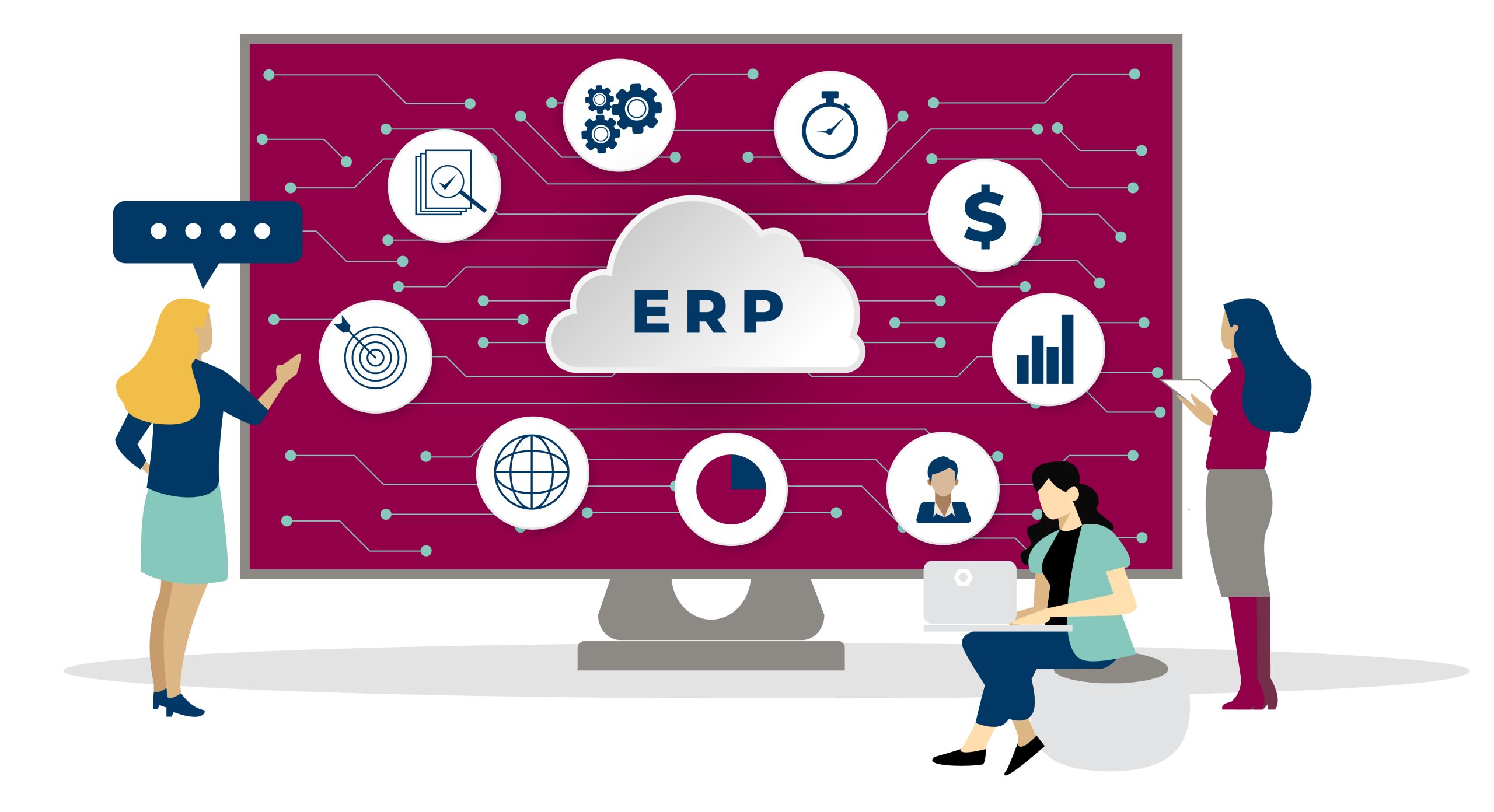Enable ERP Integration for the Financial Close to Maximize the Value of Your IT Investment
Blog post
Share
On average, the implementation of a new ERP system costs 5% of an organization’s annual revenue, and almost 60% of those implementations exceed their scheduled time by at least 25%. While the cost of acquiring and maintaining ERPs is significant for organizations, the potential ROI of a properly implemented ERP system is invaluable.
Master data management through the ERP centralizes data and workflows to improve collaboration, streamline tasks and support the management of the financial close process by acting as the system of record. Knowing those benefits, it’s understandable that organizations spend a significant amount of time and money to maximize their ERP landscape.

However, even the largest ERP investments cannot bridge the gaps that are created by using spreadsheets for the financial close process — gaps that the ERP is often responsible for in the first place. Only ERP integration with a comprehensive financial close solution can truly solve common ERP challenges.
Where ERP Challenges Begin
Complexity of Master Data Management Systems
Due to events such as mergers and acquisitions, global expansion or the need for vertical-specific IT requirements, organizations have naturally built their own unique internal IT ecosystems. This typically leads to a collection of different types of ERP systems under one corporate umbrella. Even when companies only have a single ERP, they will often have multiple instances that aren’t necessarily communicating.
It has been reported that organizations have, on average, 18 ERP instances from 9 different vendors.
[cta-content-placement]
To overcome the natural gaps of an ERP environment, accounting teams must take a significant amount of information outside of their ERP and process everything manually within a multitude of spreadsheets at each period end.
Manual Processes to Maintain a Complex ERP-Financial Close Landscape
Direct ERP integration isn’t possible when using a complex, fragmented network of spreadsheets. Instead, excessive manual processes are required to force “integration” with the ERP. Unfortunately, these manual methods jeopardize the accuracy and reliability of the data used in the financial close and, subsequently, the integrity of the resulting financial reporting.
Additionally, when financial data is removed for manual processing, organizations lose the collaboration and centralization that ERP systems are implemented to produce. Any work handled outside the ERP cannot be sufficiently tracked, not only making audits even more complicated, but calling the accuracy of the manually manipulated data into question.

Streamlining a disconnected spreadsheet system is almost impossible, and even while there are a few options to speed up the process, there is no solution for the significant risk that financial data adopts during a manual financial close process. A few of the key factors leading to this risk is a complete lack of:
- Visibility and Control
- Policy, Quality and Audit Management
- Supporting Evidence
- Reporting and Aging
- Risk Assessment
How to Truly Maximize the Value of an ERP with ERP Integration
The ERP landscape will most likely always be complex; organizations will never have just one ERP. And, in many cases, shouldn’t have only one ERP to maintain a high-quality master data management framework. However, that doesn’t have to jeopardize the accuracy of an organization’s financials.

The Office of Finance must re-evaluate the reliability of its current tools to see if they match up to the enterprise’s long-term goals. In doing so, finance and accounting teams still utilizing spreadsheets for the financial close find that the enterprise’s goals far surpass the capability of spreadsheets and manual processes. To maximize the accuracy of financial data and the resulting reporting, manual intervention must be limited in favor of direct ERP integration to a financial close solution.
An effective financial close solution provides many benefits that the Office of Finance requires in today’s constantly changing business environment, such as:
- Automatic, accurate integration of data to and from the ERP landscape
- Visibility into close processes, both granular and holistic
- Increased control, such as through standardized, enforced workflows and key financial controls
- Simplification of complex intercompany processes
- Data analytics, both specific to the close and the overall financial reporting
- Ability for a virtual close
“Cadency allows us to have greater visibility and control over the business processes across all companies and geographies. This enhances our ability to ensure consistency and data quality, while reducing our operating costs.” –Ahold Delhaize
There are many benefits that direct ERP integration with a financial close solution provides for both the Office of Finance and the entire enterprise. Learn more about how to choose an effective close solution that fits your organization’s goals and maximizes the investment already made into your ERP environment.
Written by: Ashton Mathai

